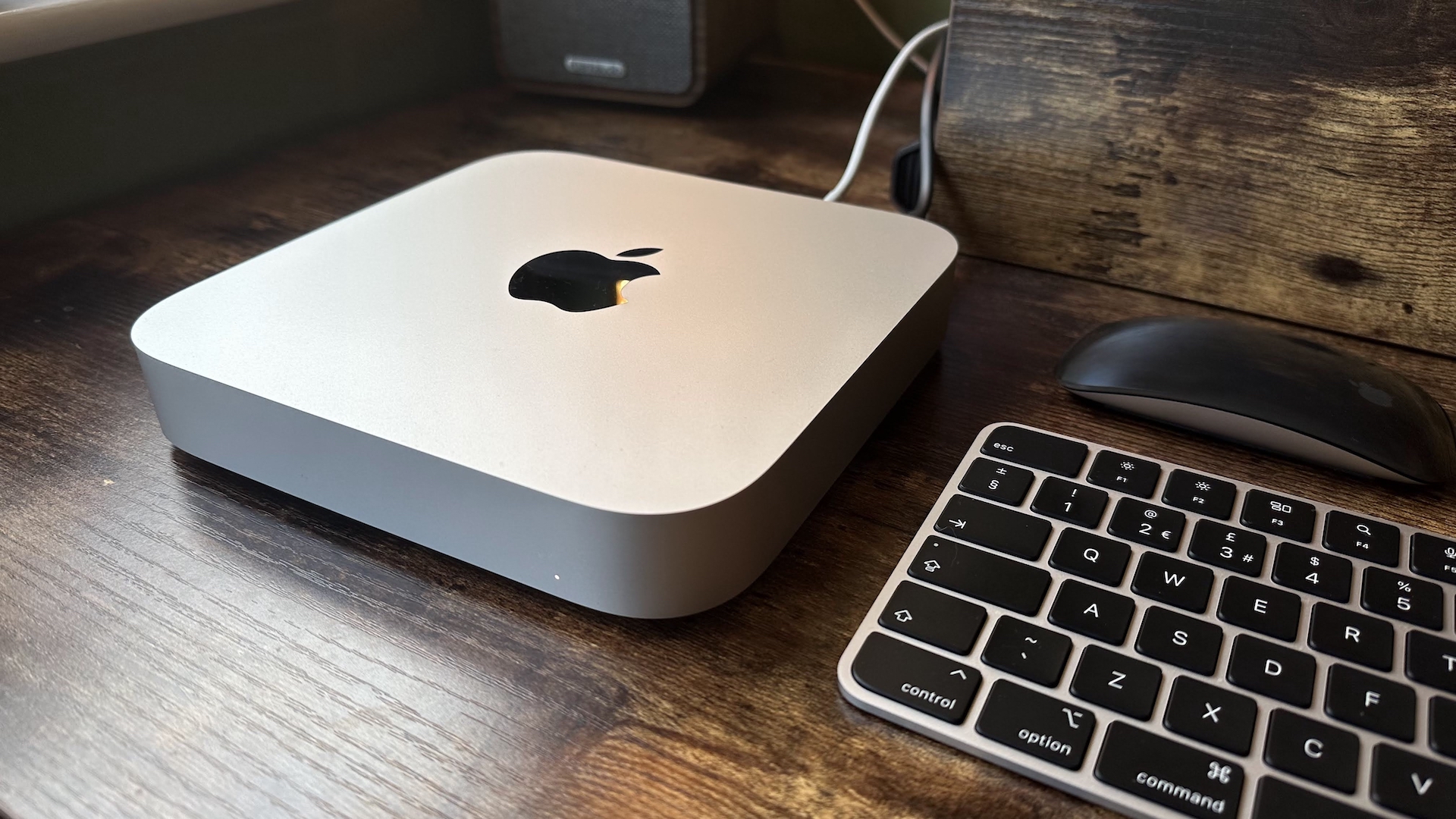I loved my Hackintosh, but Apple's modern Macs mean it's time to move on
It's time to let it go.

The Hackintosh might not be long for this world if recent murmurings turn out to be accurate, with Apple almost accidentally putting the final nail in its coffin by removing support for something as innocuous as a wireless card. Hackintoshes have been around for a long, long time and they've gone through different states of usability and stability in that time. We've had a relatively good spell of late, but this latest news just drives home a point that some might have already been pondering — it's time to let the Hackintosh go.
To understand why that time has come it's important to remember why the Hackintosh became so popular for some and add the context of Apple's latest Macs — its best Macs ever — and the transition to its own in-house silicon with the M-series chips. Mac users have never had it so good.
They've never had it so cheap, either. With the age-old complaint that getting into a Mac is too expensive now blown out of the water by the M2 Mac mini, the days of building an inexpensive machine using off-the-shelf PC components and shoehorning macOS onto it are no longer needed. And it isn't just at the relatively low end of the performance arc that things have changed, either.
More bang for your buck
While there will always be a portion of the Hackintosh community, the tinkerers, if you will, who will try to make macOS run on non-Apple hardware for the fun and challenge of it, some do it out of necessity. Running macOS and the software available for it can be vital to some professions, especially in the creative space. But historically the machines required have been so prohibitively expensive, that a Hackintosh has been the only option.
As an example, I used to have a Hackintosh powered by an Intel chip many years ago. It had globs of RAM — for the time, at least — and more storage than I knew what to do with. It was in a nice, big case and it had a beefy GPU. That was at a time when buying a Mac Pro was the only way to get great performance from a Mac and doing so would cost thousands of dollars. My Hackintosh cost a fraction of that and was, in some vital ways, faster. But it had its problems — updates tended to break features, and as time went on new features refused to work at all. Sure, I could run Mac apps, but the constant game of cat and mouse was a pain. Was it worth it? At times, absolutely.
But times have changed. Now, an M2 Mac mini costs so little yet is so, so performant. You can buy laptops running M3 chips that run everything the majority of people need and then some. Those creative professionals? A lot of them can get their work done on a laptop these days thanks to Apple's improvements in silicon technology and custom-designed cores that breeze through complex creative workflows.
The Hackintosh absolutely had its place, but its time is done for most. The days of needing to buy a Mac Pro to run the best apps are long gone and when you can do it on a $599 box of magic, why fight to make iMessage work on a Hackintosh that could very well cost more, break at any moment, look terrible, and be loud enough to wake the neighbors in the process?
Master your iPhone in minutes
iMore offers spot-on advice and guidance from our team of experts, with decades of Apple device experience to lean on. Learn more with iMore!
More from iMore

Oliver Haslam has written about Apple and the wider technology business for more than a decade with bylines on How-To Geek, PC Mag, iDownloadBlog, and many more. He has also been published in print for Macworld, including cover stories. At iMore, Oliver is involved in daily news coverage and, not being short of opinions, has been known to 'explain' those thoughts in more detail, too. Having grown up using PCs and spending far too much money on graphics card and flashy RAM, Oliver switched to the Mac with a G5 iMac and hasn't looked back. Since then he's seen the growth of the smartphone world, backed by iPhone, and new product categories come and go. Current expertise includes iOS, macOS, streaming services, and pretty much anything that has a battery or plugs into a wall. Oliver also covers mobile gaming for iMore, with Apple Arcade a particular focus. He's been gaming since the Atari 2600 days and still struggles to comprehend the fact he can play console quality titles on his pocket computer.
